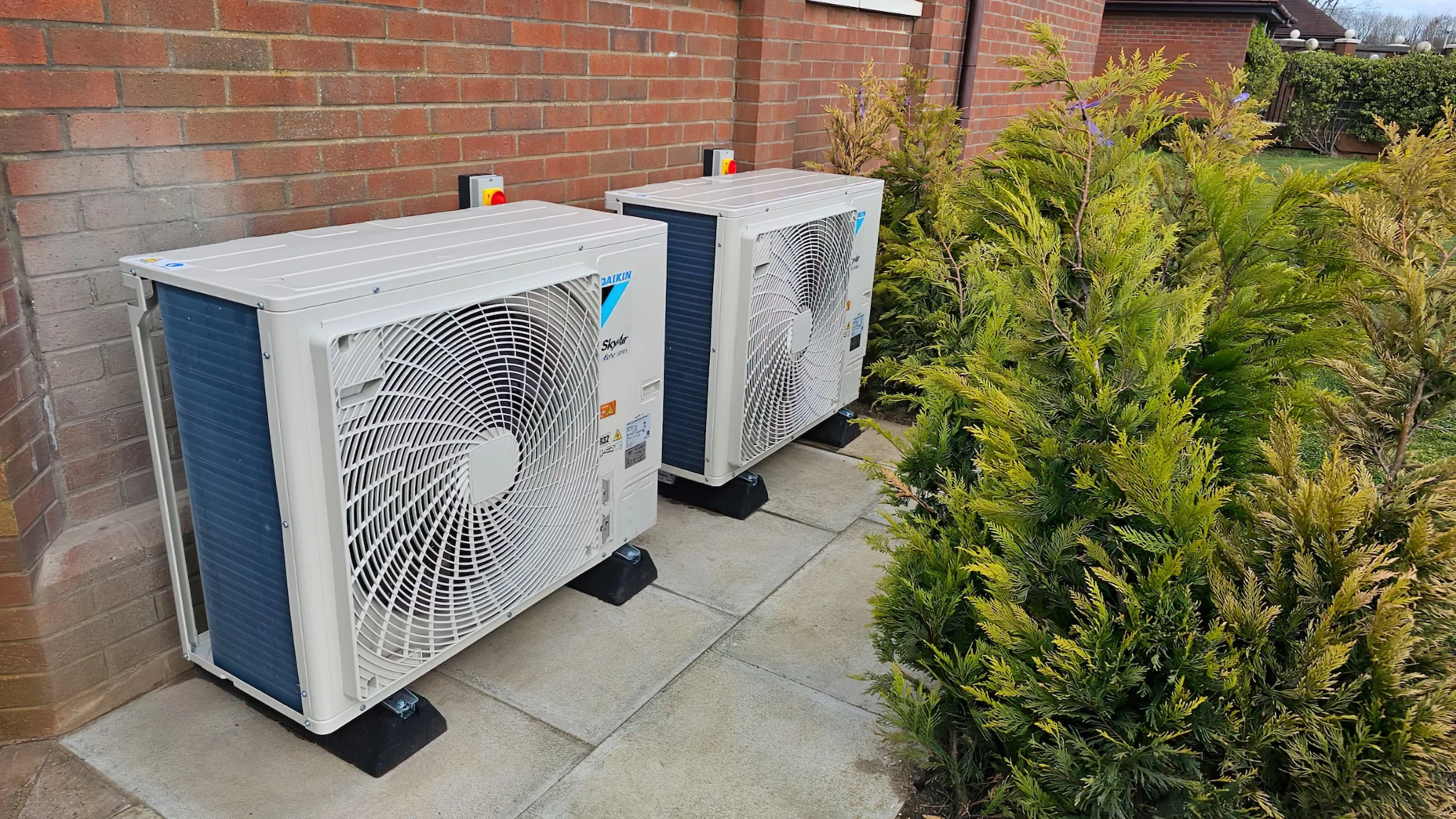In the scorching heat of summer, air conditioners become our best friends, providing much-needed relief from the oppressive temperatures. However, there is a common misconception that air conditioners also bring in fresh air from the outside. In reality, air conditioners do not bring in fresh air; rather, they circulate and cool the existing air within a space. In this article, we’ll delve into why this misconception exists, the importance of indoor air quality, and how to ensure adequate ventilation in your home or office.
Understanding How Air Conditioners Work
Before we debunk the myth, let’s first understand how air conditioners function. Air conditioners operate on the principles of refrigeration, using a compressor, condenser, expansion valve, and evaporator to cool and dehumidify indoor air. Here’s a simplified overview of the process:
Evaporation: Warm indoor air is drawn into the air conditioner unit and passes over evaporator coils filled with cold refrigerant. As the air passes over the coils, heat is absorbed, causing the air to cool down.
Dehumidification: As the air cools, moisture in the form of humidity condenses on the evaporator coils and is collected in a drip pan or drained away.
Circulation: The now-cooled and dehumidified air is circulated back into the living or working space, providing a comfortable indoor environment.
Contrary to popular belief, air conditioners do not bring in fresh air from the outside. Instead, they recirculate the existing air within a building, cooling and dehumidifying it in the process.
Why the Misconception Exists
The misconception that air conditioners bring in fresh air likely stems from a misunderstanding of ventilation systems. While some HVAC (heating, ventilation, and air conditioning) systems include components for bringing in outdoor air, such as fresh air intakes or ventilation fans, standard air conditioning units do not have this capability.
Additionally, in some regions, there is a cultural belief that opening windows or doors to let in fresh air is sufficient for ventilation. However, in climates with extreme temperatures or high levels of outdoor pollutants, this may not be advisable, leading people to rely solely on air conditioners for indoor comfort.
The Importance of Indoor Air Quality
While air conditioners may not bring in fresh air, maintaining good indoor air quality is essential for overall health and well-being. Poor indoor air quality can lead to a range of health issues, including respiratory problems, allergies, and asthma. Common indoor air pollutants include:
Dust and Dust Mites: Accumulated dust and dust mites can trigger allergic reactions and exacerbate respiratory conditions.
Mold and Mildew: Moisture buildup in indoor spaces can promote the growth of mold and mildew, which release spores and mycotoxins into the air, posing health risks.
Volatile Organic Compounds (VOCs): VOCs are emitted by household products such as paints, cleaning supplies, and furniture, and can contribute to indoor air pollution and adverse health effects.
Pollen: Pollen from outdoor sources can infiltrate indoor spaces, particularly during allergy season, causing discomfort for allergy sufferers.
Pet Dander: Pets shed dander, tiny flecks of skin, fur, or feathers, which can become airborne and trigger allergic reactions in sensitive individuals.
Ensuring Adequate Ventilation
While air conditioners play a crucial role in maintaining indoor comfort, they should be complemented by proper ventilation strategies to ensure good indoor air quality. Here are some tips for ensuring adequate ventilation in your home or office:
Use Exhaust Fans: Install exhaust fans in kitchens and bathrooms to remove moisture, odors, and indoor air pollutants. Make sure these fans vent to the outdoors rather than into attics or crawl spaces.
Open Windows Strategically: In mild weather or when outdoor air quality is good, open windows and doors to allow for natural ventilation. Cross-ventilation, where windows on opposite sides of a room are opened, can promote airflow and reduce indoor pollutants.
Invest in Air Purifiers: Consider using portable air purifiers with HEPA filters to remove airborne particles and improve indoor air quality. Place these purifiers in frequently occupied areas for maximum effectiveness.
Maintain HVAC Systems: Regularly clean and replace air filters in HVAC systems to ensure optimal airflow and filtration. Schedule professional maintenance checks to identify and address any issues with ventilation components.
Consider Mechanical Ventilation: In buildings with tightly sealed envelopes or limited natural ventilation options, mechanical ventilation systems, such as energy recovery ventilators (ERVs) or heat recovery ventilators (HRVs), can be installed to bring in fresh outdoor air while recovering energy from exhaust air.
Summary
While air conditioners are indispensable for cooling and dehumidifying indoor spaces, they do not bring in fresh air from the outside. Understanding this distinction is crucial for maintaining good indoor air quality and ensuring the health and comfort of occupants. By implementing proper ventilation strategies and complementing air conditioning with other methods, such as exhaust fans and air purifiers, you can create a healthy and comfortable indoor environment for you and your family.
Read More : Marc J. Gabelli

